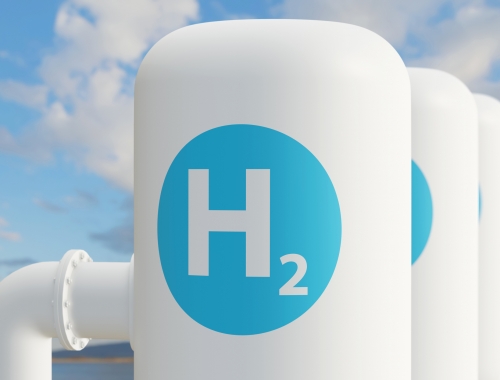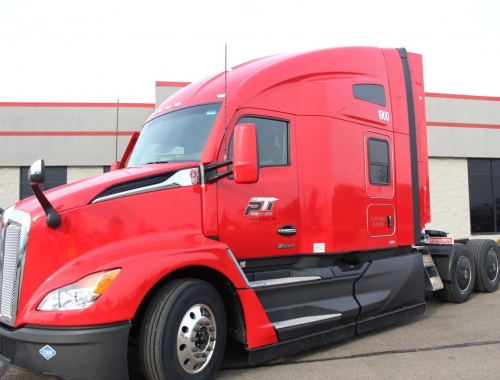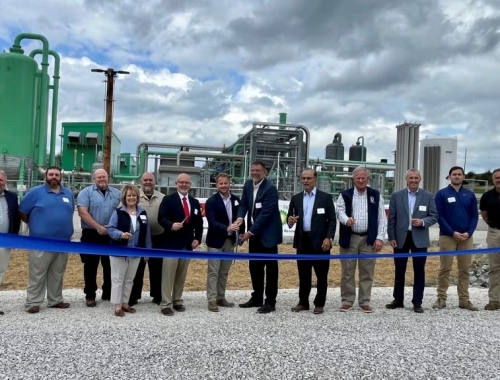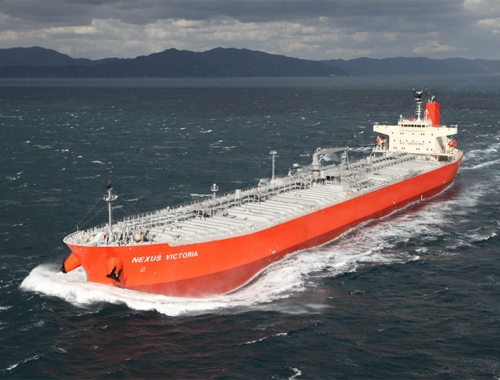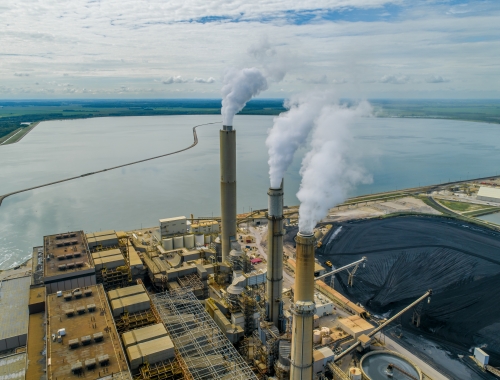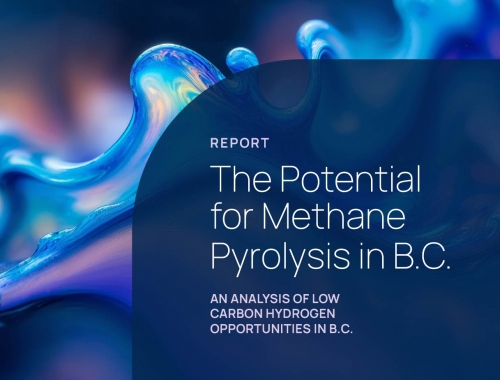GHGSat says its methane detection rose 25% in 2022
SUMMARY
Oil and gas accounted for 53% of observed emissions. [Image credit: GHGSat]
By Dale LunanPOSTED IN:
GHGSat, a Montreal technology company with six emissions detecting satellites in orbit, said March 30 its constellation had detected methane emissions totalling 179mn metric tons of CO2-equivalent (mtCO2e) in 2022, a 25% increase over 2021.
“Doubling our measurement capacity to six satellites in 2022 was transformational in many ways,” it said in its annual methane emissions report. “With increased coverage and more frequent visits, our proven technology measured more emissions in 2022 than the previous five years combined, uncovering opportunities for industrial methane emissions reduction.”
Observations in 2022 were recorded at more than 500,000 facilities in 69 countries worldwide, surveying close to 2mn km2, an 88% increase over 2021. Oil and gas accounted for 53% of the observed emissions, with coal accounting for 16%, landfills for 24% and other sources for 7%.
A third of the observed coal mine emissions originated in China, GHGSat said, with 22% coming from Russia. Other major sources included Australia and Kazakhstan, each accounting for 13% of observed emissions, and Poland, with 6%.
Mines in Kazakhstan were the most emissions intense, with an average emission rate of 3.81 metric tons/hour, followed by Australia at 2.5 mt/hour and Russia at 2.37 mt/hour.
GHGSat will add six more satellites to its constellation this year, three in Q2 and three more in Q4, including GHGSat-C10, the world’s first commercial CO2 hosted payload, which will launch in Q4, GHGSat CEO Stephane Germaine said.
“When GHGSat-C10 launches later in 2023, we hope to revitalise the discussion around CO2 as well, providing industry and government with tools to help them address this global issue, down to the facility level.”

